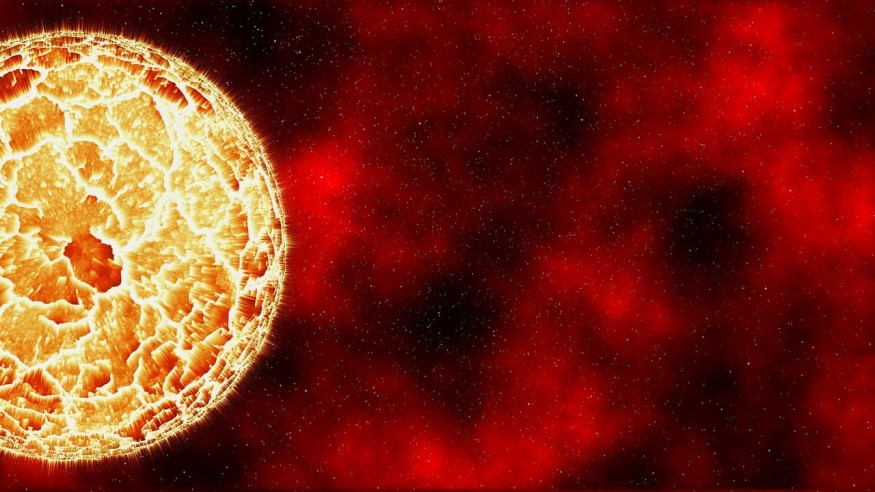
Earth's Sun has been around for billions of years and it is still brimming with great mysteries.
The Solar System's Largest Object
The Sun is the largest object of the solar system situated at its very heart. It carried roughly 99.8% of the mass of the solar system. It is around 109 times the Earth's diameter, which means that roughly a million Earths could make up the Sun in terms of size.
Its surface is roughly 5,500 degrees Celsius hot, while the temperature in its core could go up to 15 million degrees Celsius. To match such unbearable heat and energy, one would need to detonate 100 billion tons of dynamite each second.
The Sun is just one of the billions of stars across the Milky Way Galaxy. It orbits around 25,000 light years away from the core of the galaxy, and it takes roughly 250 million years to finish its revolution.
ALSO READ : Is It True That 1.3 Million Earths Can Fit Inside the Sun? Science Enthusiast Debunks Previous Calculations
The Sun's Age and Formation
The Sun is around 4.5 billion years old. This solar age is inferred by examining the entire age of the solar system, as all these came together at roughly the same time.
This makes the Sun quite young. In fact, it is part of a stellar generation called Population I, which are quite rich in elements that are heavier compared to helium. An older star generation is referred to as Population II. There is also a possibility that an even earlier generation, Population III, exists, though there are no known members of this stellar generation.
Several scientists think that the Sun and the solar system formed a huge, rotating cloud of dust and gas called a solar nebula. The nebula is said to have collapsed due to its own gravity. It then had a faster spin and eventually became disk-flat. Most of the material was pulled to its core for the Sun to be formed.
How Long Will the Sun Continue to Shine?
Stars like the Sun burn for roughly nine to 10 billion years. Since the Sun is already halfway through its expected life span, it is expected that it has around five billion years left to shine.
When these five billion years pass, the Sun will turn into a red giant. This means that the huge star will become even bigger and will also end up getting cooler. When this happens, the Sun will be largely different from how it is today. The red giant Sun will also become around 2,000 brighter compared to how it is now.
Eventually, the Sun will end up shedding its outer layers. The remnants of its core will then turn into a white dwarf. This white dwarf will then slowly fade and enter the final phase as a cool and dim theoretical cosmic object called a black dwarf.
Check out more news and information on the Sun in Science Times.











